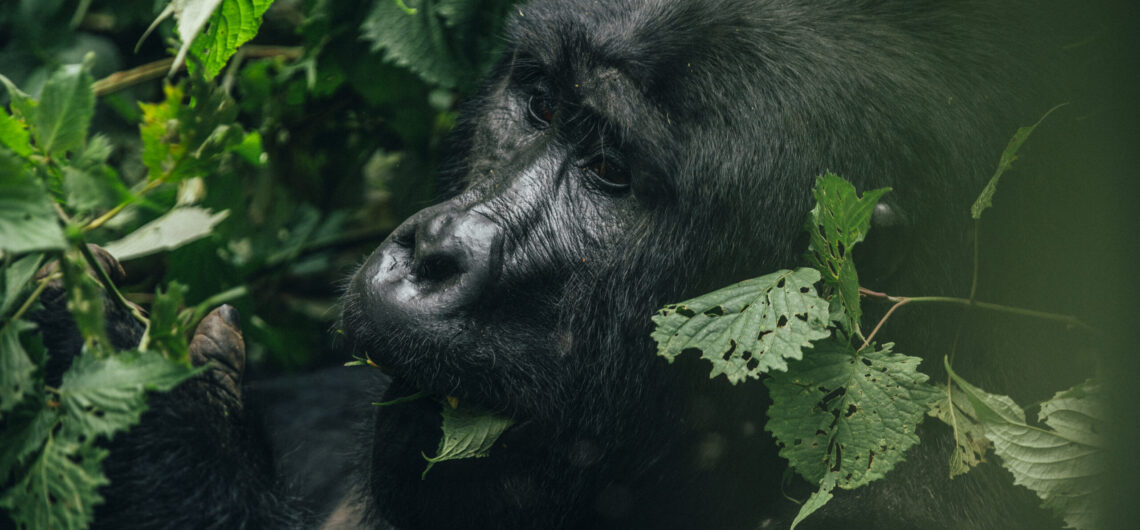
Bwindi Impenetrable National Park is a Unesco World Heritage Site and it is the best place in Uganda to track mountain gorillas. The park protects around 40% of the world’s mountain gorilla population and has several habituated groups. The forest is also a bird-watcher’s paradise with 350 species recorded, including many Albertine Rift endemics.
Bwindi is a pristine rainforest on the edge of the Albertine Rift Valley. The terrain is a string of ridges and valleys covered in very dense, impenetrable forest. Bwindi has one of the most diverse floras in East Africa and it harbors 10 tree species that don’t occur anywhere else in the country.
The main attraction in Bwindi is its mountain gorillas and nowonder one of the best prime destinations for gorilla trekking Safaris. Of its population of approximately 400 individuals, more than a hundred are habituated. Bwindi has more than 120 mammal species, but most of these are small forest creatures. Elephant is present, although they are rarely seen. More regularly encountered are bushbuck and several types of duiker.
Aside from the endangered mountain gorillas, nine other primate species are found in the forest. These include chimpanzee, olive baboon, black-and-white colobus and l’Hoest’s monkey. Elephant are present but seldom seen. Bushbuck and several types of forest duiker can sometimes be spotted. The park has a very impressive bird and butterfly checklist.
Bwindi contains a huge number of threatened species and is therefore considered a hot spot in conservation. Butterflies are something of a specialty, with an impressive list of 220 species, of which three only occur in the park. Bwindi is home to 10 primate species, including the rare l’Hoest’s monkey and black-and-white colobus. Chimpanzee are present but not habituated and therefore rarely seen.
Best Time for Wildlife Viewing in Bwindi Impenetrable National Park
Rainfall is the main factor to consider when deciding the best time for gorilla trekking. Heavy rains result in slippery and challenging hiking trails. It can rain at any time of the year, but June to August and December to February have less rain and are therefore considered the best times to go. The park stays open throughout the year.
